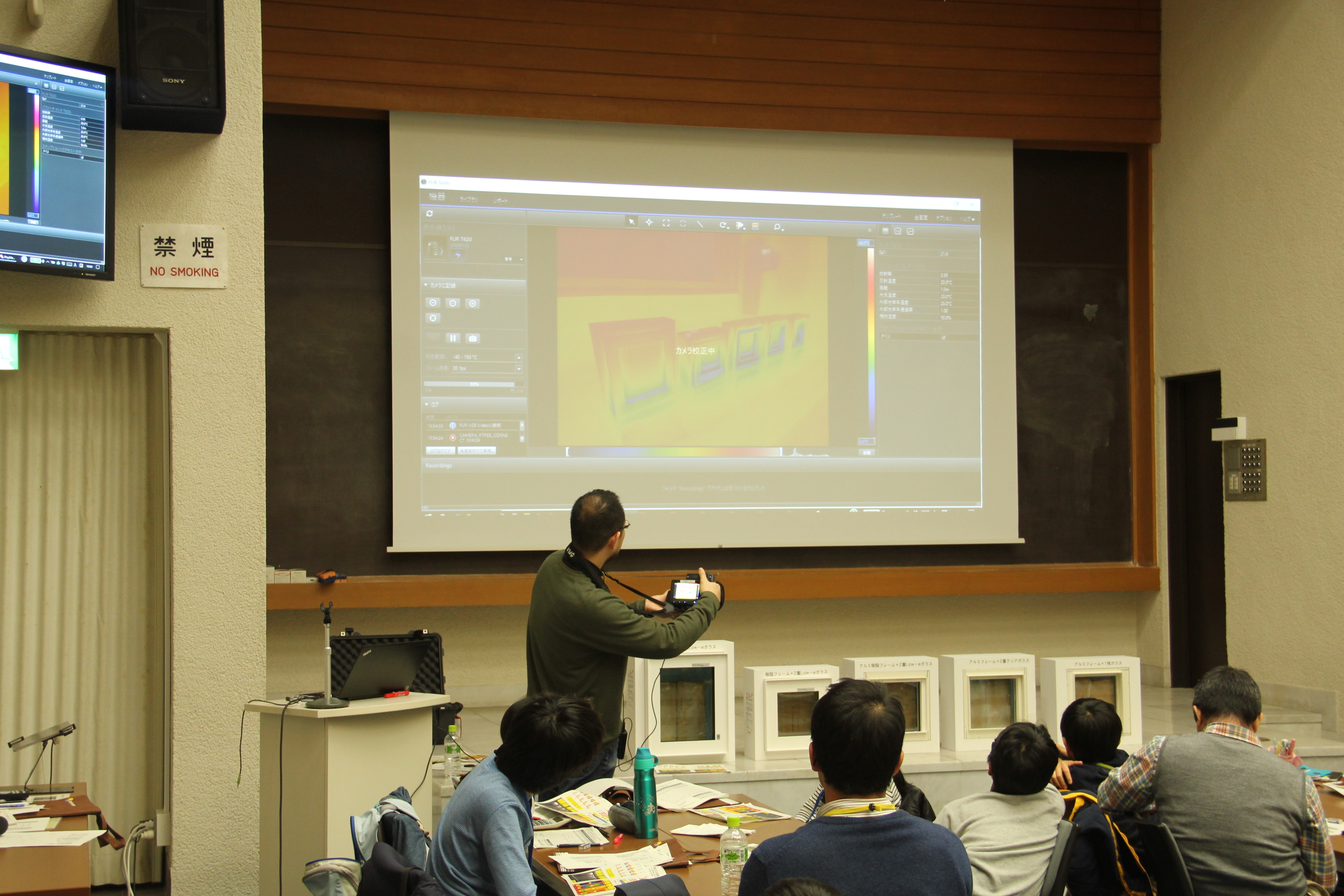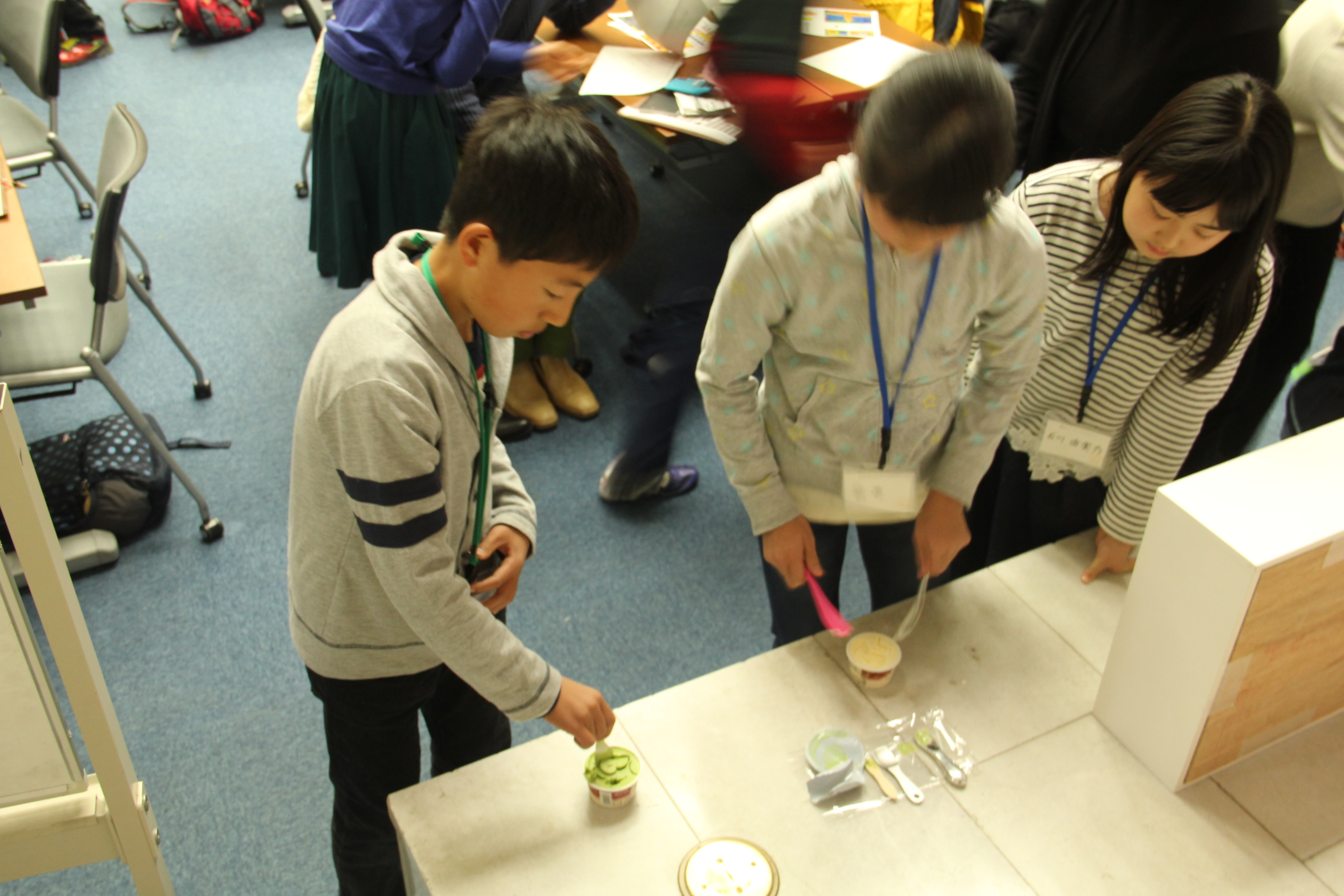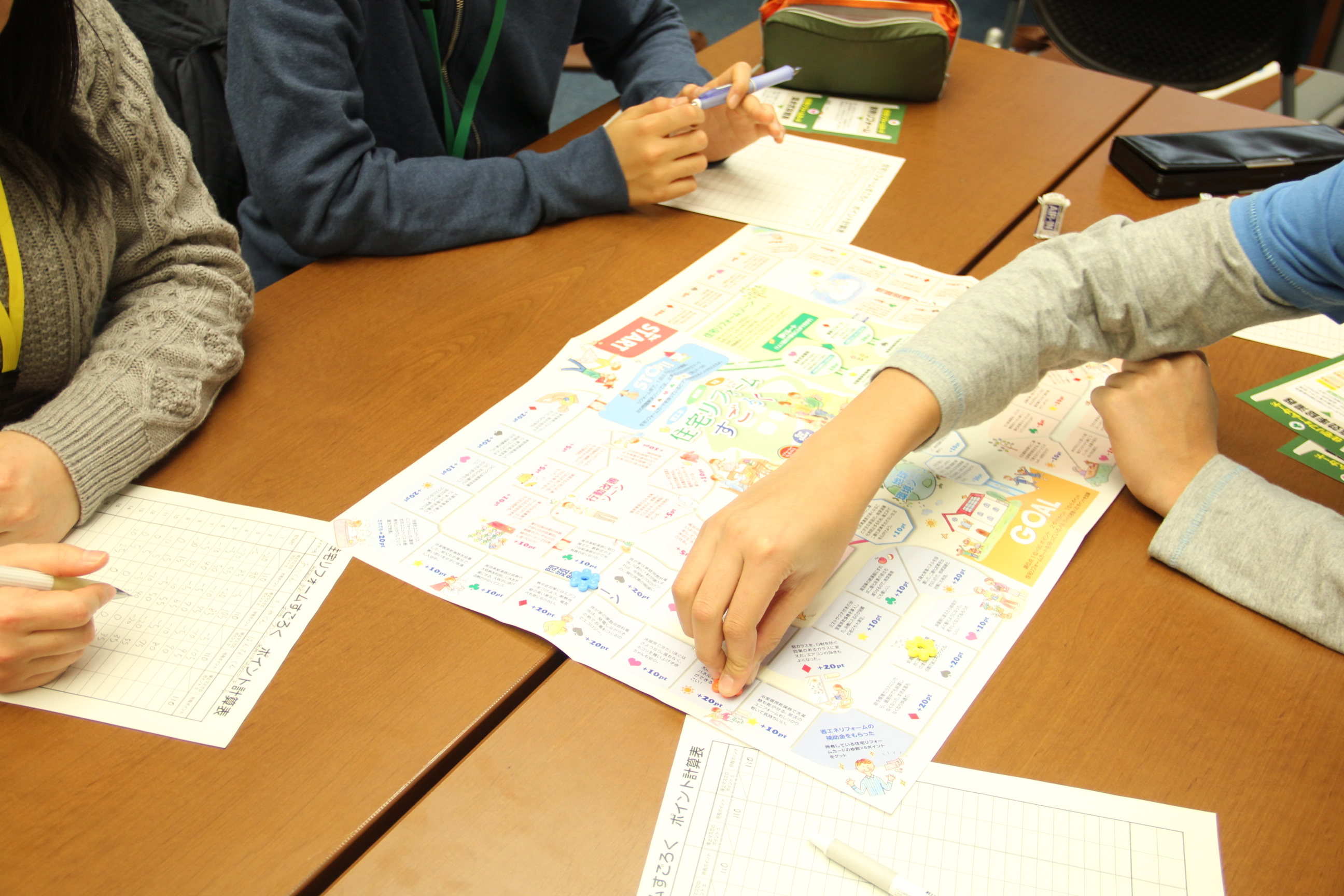Boeing Higher Education Program
BoeingHigherEducationProgram
-
The 75th Komaba Festival Participation Project “Want to Know More about the World of the Faculty of Engineering

The 75th Komaba Festival was held from November 22 to 24, 2024, at the University of Tokyo’s Koma...
November 22, 2024 -
The 34th UTokyo Techno-Science Café’s Report

"Experience Cutting-edge Research in Chemistry, Life Sciences, and Physics." On August 5, 2023,...
August 05, 2023 -
Techno-Science Café’s Extra Edition Report

Techno-Science Café’s Extra Edition Engineering x Gal "Engineering Onimori Technology↑↑ Wireles...
November 03, 2022 -
The 32th UTokyo Techno-Science Café Report

The 32th Techno-science café, “Construction Work Using LEGO Brick” was held on October 19, 2019. ...
October 19, 2019 -
The 31th UTokyo Techno-Science Café Report

The 31st Tokyo University Techno-Science Café, "Useful Surface Science to Know -Science of Wettin...
August 03, 2019 -
The 30th UTokyo Techno-Science Café Report

The 30th Techno-science café, “What is the strength? Let’s make a pasta bridge” was held on Augus...
August 02, 2019 -
The 25th UTokyo Techno-Science Café Report

The 25th Techno-Science Café was held on July 31, 2017. About 30 students, mainly elementary scho...
July 31, 2017 -
The 24th UTokyo Techno-Science Café Report

On July 28, 2017, the 24th Techno-Science Cafe was held at the building 11 of the Faculty of Engi...
July 28, 2017 -
The 23rd UTokyo Techno-Science Café Report

The 23rd Techno-Science Café was held on December 11, 2016. About 20 students mainly from element...
December 11, 2016 -
The UTokyo Techno-Science Café Special Version Report

The 22nd Techno-Science Café, “Design and Manufacturing” was held again on August 10, 2016. About...
August 10, 2016 -
The 22nd UTokyo Techno-Science Café Report

The 22nd Techno-Science Café, “Design and Manufacturing” was held on July 25, 2016. About 30 stud...
July 25, 2016 -
The 21st UTokyo Techno-Science café Report

The 21st Techno-science café, “Let’s fly out to the Space!” was held on March 19, 2016. About 50 ...
March 19, 2016 -
The 18th UTokyo Techno-Science café Report

The 18th Techno-science cafe was held on March 7, 2015, and the theme was "Making Safe Cities: Cr...
May 07, 2015 -
The 14th UTokyo Techno-Science café Report1

The 14th Techno-science Cafe was held on November 10. The theme was "The frontier technology, inn...
November 10, 2013 -
The 13th UTokyo Techno-Science café Report1

The 13th Techno-science café was held on 28th July. The theme was “The batteries and the future o...
July 28, 2013 -
The 13th UTokyo Techno-Science café Report2

Techno Science Cafe ‘The Future of Battery and EV’ was held on 28th, July, 2013 in the University...
July 28, 2013 -
The 11th UTokyo Techno-Science café Report2

On the 24th of March 2013 was held a TechnoScience Café "Engineering Dojo" at the University of ...
March 24, 2013 -
The 11th UTokyo Techno-Science café Report1

The 11th Todai Techno-Science café was held on 24th Mar. This time its theme was “Engineering sch...
March 24, 2013
The 23rd UTokyo Techno-Science Café ReportDecember 11, 2016 工学系11号館講堂

The 23rd Techno-Science Café was held on December 11, 2016. About 20 students mainly from elementary school participated in this event. The program consisted of two parts. In the former half of the event, Assoc. prof. Mae from the department of architecture gave a lecture on the energy consumption in homes such as gas and electricity, including a workshop and a simple experiment.
In the latter half, the participants learned the ways renovating their house to improve the housing performance by playing sugoroku.
2016年12月11日、第23回東大テクノサイエンスカフェが開催されました。小学生を中心に中学生まで、20人程の子供達が参加しました。プログラムは大きく2部構成で、前半は建築学専攻の前准教授に、住宅で消費するガスや電気などのエネルギーについての講義をワークショップや簡単な実験を交えて行なっていただき、後半はすごろくを用いて、住宅の性能向上を実現するためのリフォームを学びました。
In the workshop in the lecture, the students examined their residential energy consumption including heating, cooling, water heating, and lighting, by making a pie chart according to the monthly notices of gas and electricity they brought respectively. Mr. Mae asked them and their parents which factor they think account for the most before starting the workshop, and compared the prediction with the real conditions revealed in the workshop, so that they can really understand what they consume energy for at home.
前半の講義の中では、参加者が各自持参した検針票を用いて、自宅の暖房や冷房、給湯や照明のエネルギー消費量を親子で調べるワークショップも行なわれました。はじめに参加者の親子に、どれに1番エネルギーを使っているか予想を聞き、検針票から割り出した実際の状況との比較をすることで、自宅のエネルギー使用の現状を理解してもらいました。
In addition, Mr. Mae showed the difference in the surface temperature distribution of five windows with different performance and property, in which were dry ice put in advance, by using a thermo camera, because windows are the greatest weakness when it comes to thermal insulation of buildings. The window frames are made of either aluminum or plastic. The students checked the surface temperature difference by actually toughing the windows, too.
また、住宅の中で最大の熱的な弱点の1つである窓の性能の違いを確認するために、予めドライアイスを中に入れておいた規格の異なる5つの窓の表面温度を、サーモカメラを用いて計測しました。窓のサッシの素材はアルミとプラスチックに大別されますが、それぞれの温度差を、実際に窓に触って確かめてもらうこともしました。
Moreover, Mr. Mae carried out a simple experiment to show the difference in conductivity of aluminum and plastic. He showed that you can easily stick an aluminum spoon, which has high conductivity, into an ice cream frozen very hard, while you cannot with a plastic spoon, which has low conductivity.
また、アルミとプラスチックの熱伝導率の差を理解するために、ハーゲンダッツを用いた簡単な実験も行いました。固く凍らせたアイスに、熱伝導率の低いプラスチックのスプーンは刺さらない一方で、熱伝導率の高いアルミのスプーンは体温が伝わるために刺さること披露しました。
In the latter half, the students learned the ways of improving the housing performance, by playing sugoroku and reading aloud the sentences written in each cell, whose contents are related to the problems in homes, the resolutions to them, and examples of effects of renovations. The students looked very excited while playing sugoroku.
後半のすごろくには、それぞれのますに住宅の現状の問題点やそのリフォーム方法、改善例などが書かれており、止まったますの文を読み上げながら遊ぶことで、住宅性能の改善法を楽しみながら学びました。すごろくをする子供達はとても楽しそうでした。
At the end of this event, the students completed the questionnaire. I hope this event provided a good opportunity not only for the students, but also for their parents to pay attention to and revise the energy tconsumption in their homes.
最後にアンケートを記入してもらい、イベントは終了しました。このイベントが、参加した子供達だけでなくその保護者の方々にとっても、自分たちの住宅のエネルギーに関心を持ち、見直してみるいいきっかけとなったのではないでしょうか。
東京大学 工学部 建築学科4年 遠藤 健一郎





